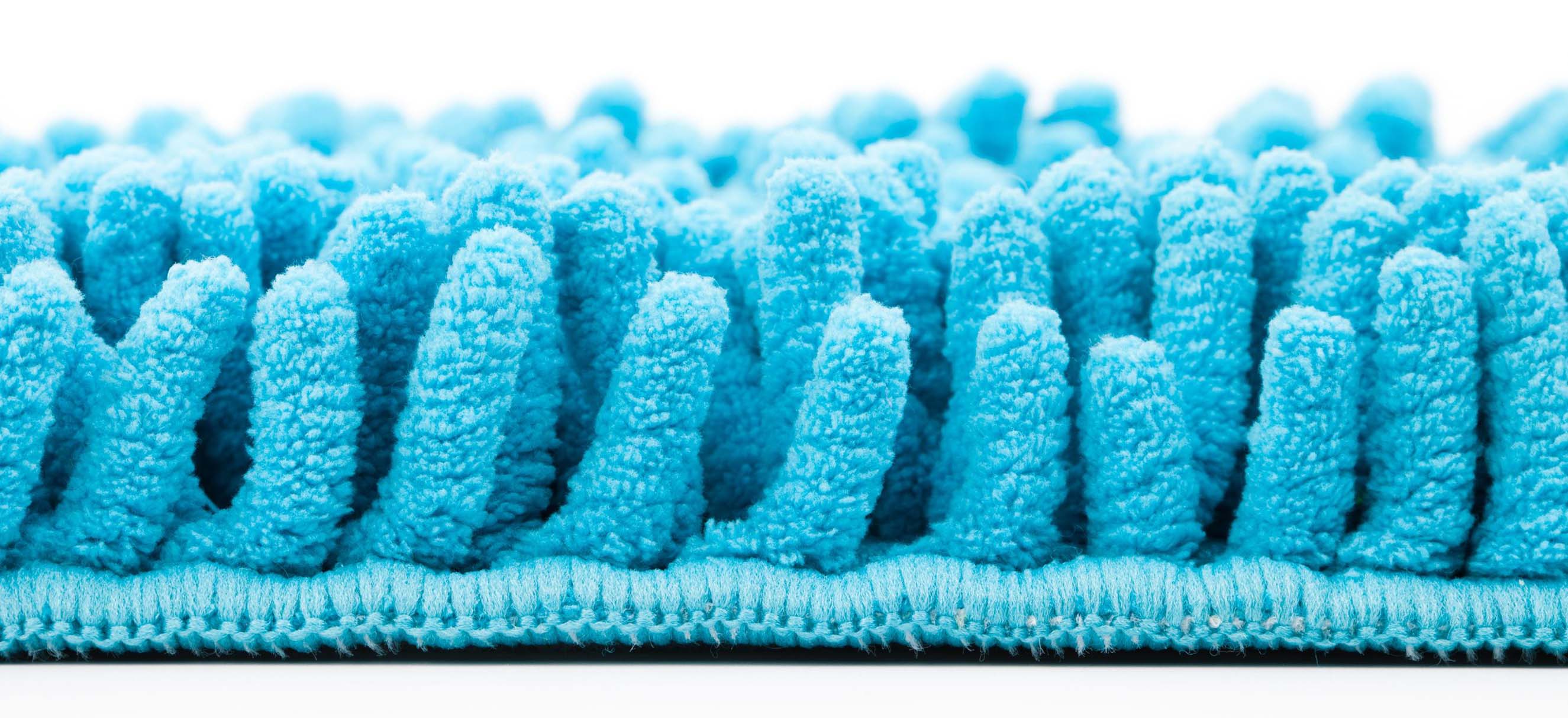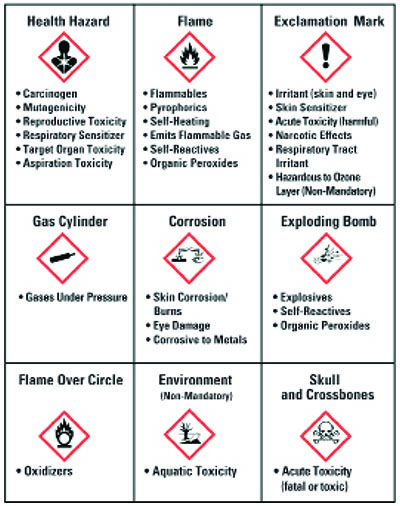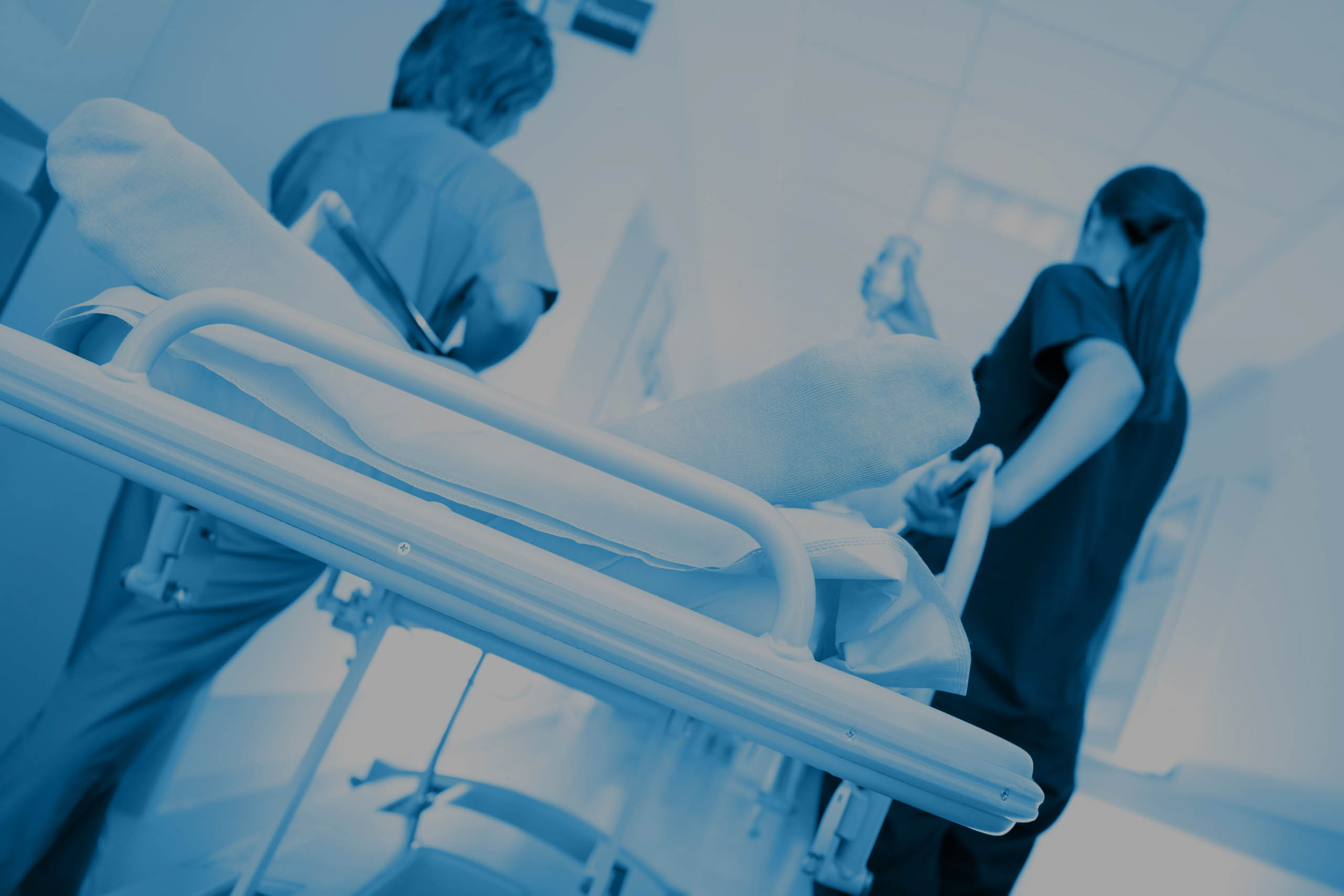Protect Your Patients and Your Staff
Green Cleaning – Also known as eco-friendly cleaning, green cleaning involves the use of products that have been made using environmentally friendly ingredients, are biodegradable, and help conserve natural resources. Green cleaning does away with the use of toxic substances which might have negative effects on breathing and may cause minor to severe skin problems. Green cleaning also includes an environmentally friendly approach to the making, packaging, and distribution of cleaning products.
Proper cleaning and maintenance of healthcare buildings are important for hygiene and stopping Healthcare Associated Infections (HAIs). But the cleaning practices used by many cleaning companies have their own negative impacts because of the toxic chemicals they use.
Instead of improving the conditions of the medical staff and patients, common cleaning practices can really end up doing more harm than good.
Contents found in many traditional cleaning products can cause coughing, headaches, shortness of breath, skin rashes, nausea, and so on. To cut down on health hazards and limit the effect on the earth’s resources, many healthcare facilities are moving to safer ‘green cleaning’ alternatives.
So what exactly is green cleaning?
Also known as eco-friendly cleaning, green cleaning involves the use of products that have been made using environmentally friendly ingredients, are biodegradable, and help conserve natural resources. Green cleaning does away with the use of toxic substances which might have negative effects on breathing and may cause minor to severe skin problems. Green cleaning also includes an environmentally friendly approach to the making, packaging, and distribution of cleaning products.
In healthcare facilities, green cleaning is very important because there are a large number of people that are constantly exposed to the effects of cleaners and disinfectants. Every surface in these areas is being cleaned many times a week to help stop the spread of infection and disease. The use of common cleaners often only adds to or creates additional health problems.

Microfiber mops last up to twice as long as traditional mops. They also reduce bacteria on floors 300% better than cotton-loop mops.
What are the benefits of green cleaning in healthcare facilities?
Some of the reasons many doctor’s offices, hospitals, and assisted living facilities are replacing their traditional practices with sustainable cleaning methods are:
- It gets rid of a health hazard. Breathing in or coming into contact with toxic chemicals can cause many problems. One of the most important benefits of green cleaning is that it eliminates the use of these toxic chemicals and compounds that might otherwise lead to serious conditions, such as asthma and a variety of skin problems.
- It’s safer for the housekeeping staff. Workers who are responsible for cleaning the medical facilities have long-term exposure to heavy concentrations of chemicals ingredients. This can often lead to cancer, reproductive defects, and neurological impairments. Using green cleaning methods can help cut down on these health risks.
- It’s better for the environment. Green cleaning is also earth-friendly. By using recyclable packaging and biodegradable ingredients, sustainable cleaning practices have a lower carbon footprint than traditional cleaning products and methods.
- It can be more economical. Because of the competition in the market for green products, sustainable practices have become less expensive as compared to the traditional ones in many cases. For example, when the University of California Davis Medical Center switched its regular loop mops to more lightweight, absorbent microfiber mops1, they achieved a 60% lifetime cost savings for mops, they lowered chemical and water use by 95%, and they had 20% savings in labor per day!
- It can be better at infection control. In that same University of California Davis Medical Center study1, they found that their old cotton-loop mops reduced bacteria on floors by 30%. On the other hand, the microfiber mops reduced bacteria by 99%.
What are the safe work practices outlined by OSHA for handling cleaning substances?
 Click image to download the OSHA Hazard Communication Standard: Labels and Pictograms Brief
Click image to download the OSHA Hazard Communication Standard: Labels and Pictograms Brief
According to the Occupational Safety and Health Administration, the workers who are responsible for handling cleaning solutions and products on the job must be provided proper working conditions. Here are the safe practices that must be followed by all cleaning personnel in medical facilities.
- The workers should be adequately warned against mixing the cleaning solutions that contain ammonia and bleach.
- The workers must have a sound understanding of the kind of cleaning chemical they are using and must know the level of dilution that must be carried out for best results.
- All the workers must be thoroughly trained and coached on the handling, storage and emergency procedures for dealing with spills associated with cleaning chemicals.
- All workers must be provided with the proper protective equipment for handling toxic chemical cleaners and thoroughly trained on its correct use.
- All the containers and packages for cleaning chemicals must be adequately labeled with information regarding their contents and potential hazards.
- In order to eliminate the chances of hazardous vapors being inhaled in large quantities by the workers on duty, the facility must have a proper ventilation system to propel sufficient air flow within the premises during cleaning operations.
- The workers must be provided adequate facilities for washing up after they have handled the cleaning products.
Going green: Where to start
Doctor and dental offices, nursing homes, assisted living facilities, hospitals, and clinics are regularly exposed to the health hazards of chemicals more than any other workplace. The health and well-being of everyone in these facilities can be improved by changing over to green cleaning alternatives where possible. Here are the first steps to take:
- Take a look at the cleaning products you are using now. Look at their environmental and health hazards on the Safety Data Sheet. Try to use more sustainable and eco-friendly alternatives.
- Make sure your housekeeping staff keeps up with changes in OSHA guidelines that affect cleaning practices and products. If you use an outside cleaning company, ask them about their experience with green cleaning and medical facilities.
To help ensure the safety of your employees and maintain OSHA compliance, you must also:
- Make sure your workers are trained to spot any signs of health problems that might have been caused by exposure to toxic cleaning products.
- Provide your cleaning staff with the OSHA Hazard Communication Standard training that relates to the handling of chemical cleaning products.
As we get a better understanding of how the chemicals we come into contact with every day affect our lives, we realize how important it is to find safer natural and sustainable alternatives. ‘Going green’ should not be just a catchphrase. It should be something we consider from both an economic and health-related point of view. Carolina Services of the Triad is a leader in green cleaning in Greensboro, Winston-Salem, and the surrounding areas of the North Carolina Piedmont. Let us show you how to make your medical facilities a healthier and more productive place to work.
Get Your Free Facility Inspection and Quote
1Environmental Protection Agency, Using Microfiber Mops in Hospitals, Environmental Best Practices for Health Care Facilities November 2002. Region 9 Pollution Prevention Program. Available Here
Header image Copyright: sudok1 / 123RF Stock Photo

